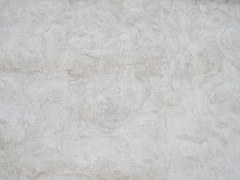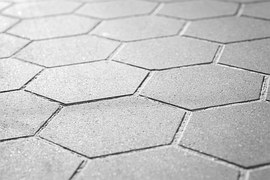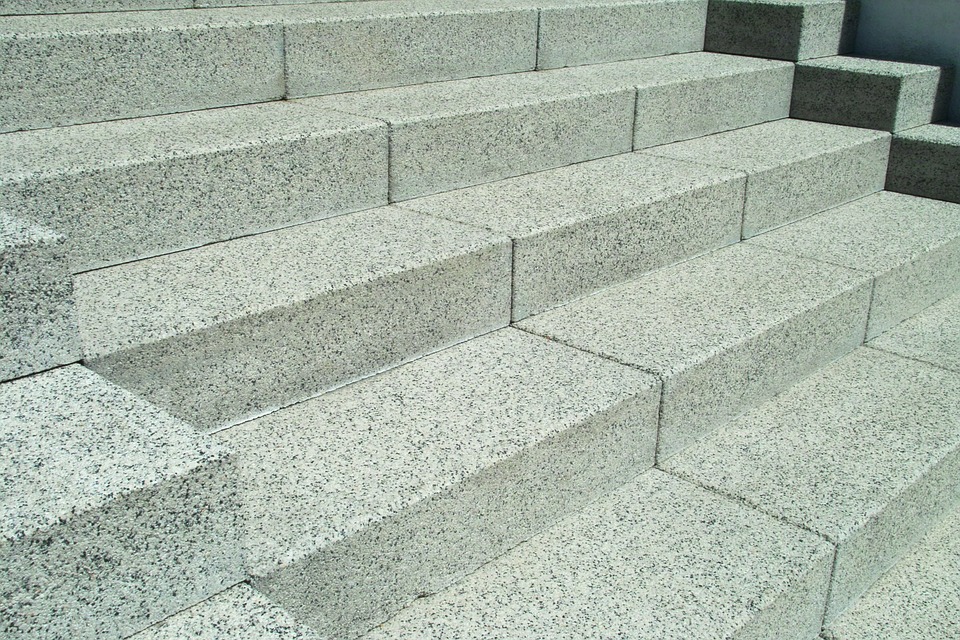Steps On How To Get A Polished Concrete
The steps to deliver polished concrete may range from a few steps to several elaborate steps depending on the level of quality wanted for the concrete finish. There are only four major steps included: surface preparation, surface grinding, surface sealing and surface cleaning/polishing. Any further progression will simply be a repetition of a significant stride to achieve the better finish quality. Below is a description of the four major steps on how to get a polished concrete:
Surface Preparation
There are potentially two surface preparation sorts: one for another concrete slab and another for a current concrete slab. Another concrete slab will certainly include fewer expenses, since the blending and the pouring of the concrete can already incorporate a portion of the initial steps in cleaning, for example, the addition of the decorative finish.
There is have to clean and clear the slab for any current topping or sealer and to replace this with another topping aggregate of at least 50 mm in thickness. This topping can contain the decorative components you want to see on the final polished surface and are equivalent to the topping that would hold the marble or granite tiles if these were to be utilized.
Surface Grinding
As soon as the topping has hardened and is ready to work-up, the grinding procedure starts with a 16-coarseness diamond grinding machine, and dynamically repeated, each time increasing the fineness of the coarseness until it reaches the 120-coarseness metal fragment. The low number code in the diamond coarseness indicates the roughness level at which the surface is to be scraped or ground. Judgment is required as to how many grinding cycles are to be repeated. Increasing the coarseness number refines the concrete surface to its sought smoothness.
16-coarseness diamond grinding machine, and dynamically repeated, each time increasing the fineness of the coarseness until it reaches the 120-coarseness metal fragment. The low number code in the diamond coarseness indicates the roughness level at which the surface is to be scraped or ground. Judgment is required as to how many grinding cycles are to be repeated. Increasing the coarseness number refines the concrete surface to its sought smoothness.
The grinding, and consequently the cleaning, can be done either dry or wet, although the wet strategy is gaining more popularity in evident avoidance of the adverse impacts of the tidy powder on our health.
Surface Sealing
Amid the grinding procedure, and preceding the cleaning, a sealing solution is applied to top off any cracks, openings or distortion that may have been created on the surface from the initial grinding. In like manner, a densifier hardener solution is added to the concrete surface to help solidify and reinforce the surface as it is subjected to cleaning. A densifier is a water-based chemical solution that penetrates into the concrete and increases its thickness to make it fluid confirmation and almost scratch-verification because of its recently acquired abrasion resistance.
Surface Polishing
 After achieving the surface smoothness level from the metal grinding, the cleaning starts with a 50-coarseness diamond pitch pad. The cleaning cycle is repeated dynamically as in grinding, aside from this time various increasing coarseness level pads are utilized. Proposed coarseness levels after the initial 50-coarseness are 100, then200, 400, 800, 1500 and lastly 3000 coarseness. As in the grinding, judgment is required as to the final coarseness level to be utilized. What is important is that the concrete achieves a shine that is comparable to most commercially available surfaces.
After achieving the surface smoothness level from the metal grinding, the cleaning starts with a 50-coarseness diamond pitch pad. The cleaning cycle is repeated dynamically as in grinding, aside from this time various increasing coarseness level pads are utilized. Proposed coarseness levels after the initial 50-coarseness are 100, then200, 400, 800, 1500 and lastly 3000 coarseness. As in the grinding, judgment is required as to the final coarseness level to be utilized. What is important is that the concrete achieves a shine that is comparable to most commercially available surfaces.
The Polished Finish
Polished concrete is increasingly turning into the more popular floor finishing option nowadays because of its economy in the application as well as its clear sustainability feature. It is considered a green solution. Additionally, polished concrete is a little maintenance finish. It is easier to clean. Because of its acquired impenetrable quality, it is impenetrable by general fluids. With only soapy water on a week after week round, it can be kept to its original sparkle and shine. Polished concrete also has a life span that is longer than most different finishes.…

